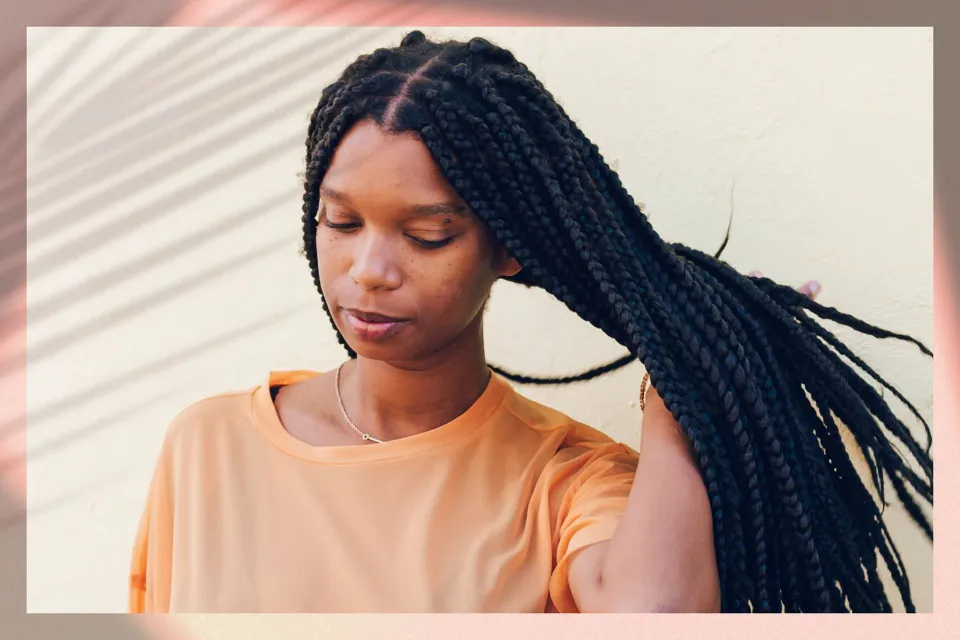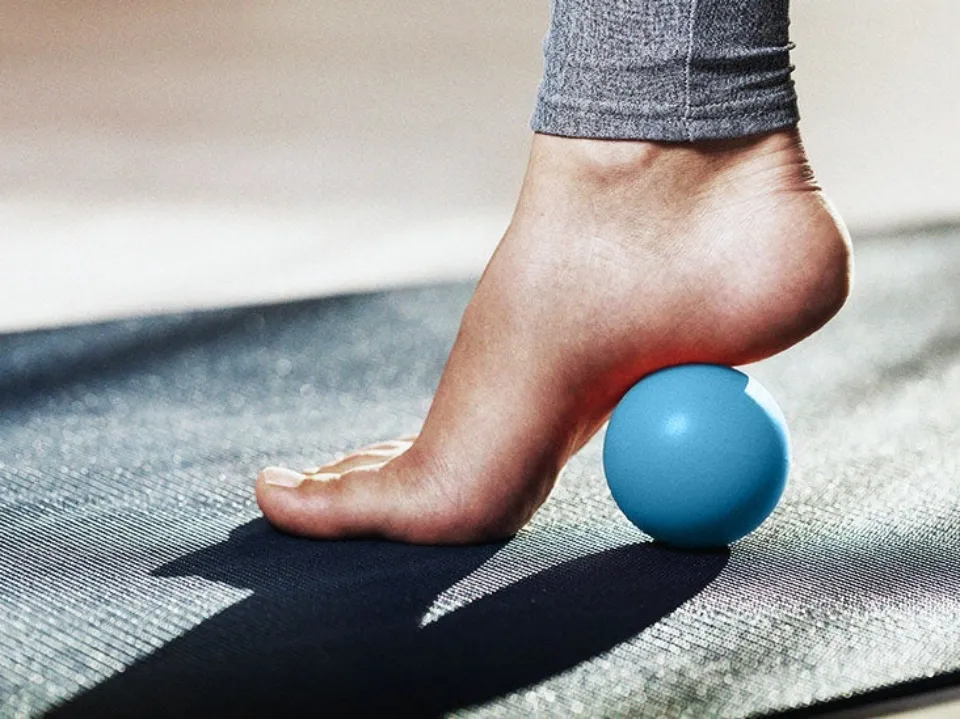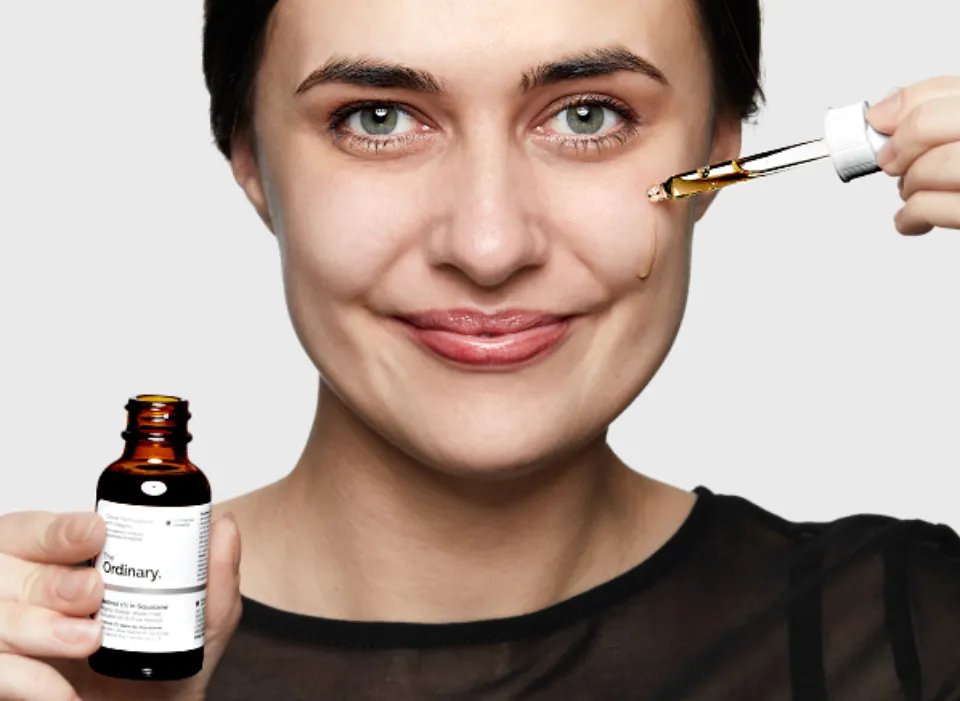Wondering what is a protective style? A protective style is any style that keeps the ends of the hair tucked away and minimizes manipulation.
When we style our hair in protective ways, the ends are protected from bad weather. Our delicate ends are tucked away in these styles, which typically group the strands together.
In this blog, we’ll go over all the advantages of protective styling and what you need to know about wearing these hairstyles.
What Are Protective Styles?
When you wear your ends tucked away, your hair is in a protective style. This is crucial because the ends of your strand are the oldest and most delicate.
Your hair must be constantly pulled, which makes it weaker than the last time, during frequent and routine washing, conditioning, styling, and detangling. Every time you touch your hair, some hair will fall out, which is normal.
With more options for hair concealment on a variety of levels, wearing protective styles has become a plus in the world of natural hair.
Protective styles include but are not limited to twists, braids, updos, and wigs. For even greater versatility in color, thickness, length, and visual texture, additional synthetic or human hair is frequently added. Our neighborhood loves these protective fashions.
Read More: Knotless Braids Vs Box Braids
The Benefits of Protective Styling
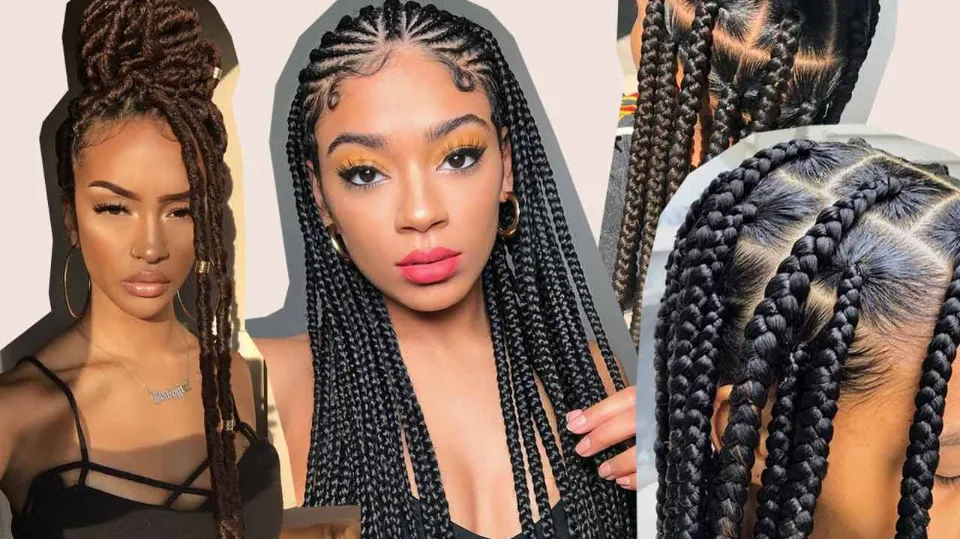
Ideal for All-weather
Throughout various seasons of the year, protective styles might be a topic you hear a lot about. You might learn, for instance, how heat and humidity affect natural hair as summer approaches. Winter brings talk of how natural hair is affected by the chilly, dry weather.
The lesson here is that because your hair is constantly exposed to the environment, there is never a bad time to style it protectively.
Low Maintenance
A protective style is awesome if you’re the type of girl who loves to get out of bed. While maintaining a protective style requires a lot of work, your hair will benefit from the rest afterward. Not to mention they’re super
Helps Retain Length
Protective styles reduce the likelihood of breakage, which improves the likelihood of length retention. You won’t see much growth from month to month if your hair is breaking as quickly as it is growing. So, style it protectively and observe the difference!
Maintains Moisture
No matter what time of year it is, the weather has a big impact on how much moisture natural hair can hold onto. Without a protective style, you might experience tangling, dryness, or breakage, which can cause moisture loss.
By removing these elements, you can help moisture stay inside. You can also make it a habit to spritz on leave-in conditioner before styling, which will aid in keeping your protective style in place.
5 Protective Styling Tips
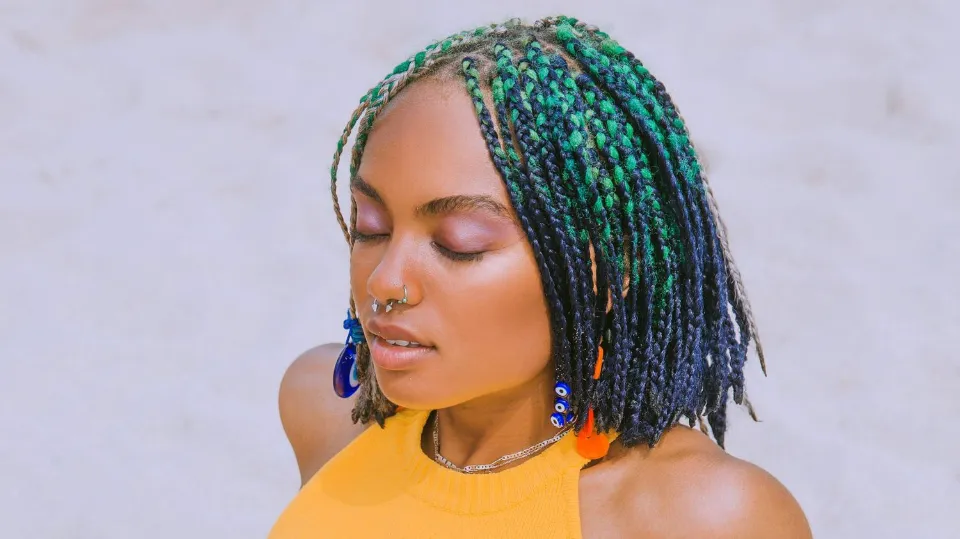
Here are some simple tips you can follow when rocking a protective hairstyle:
- If you choose braided or twisted extensions, watch out that they don’t pull on your natural hair because this can lead to breakage. Instruct your stylist to avoid pulling too tightly. Not a good sign are headaches!
- Keep your scalp and hair clean by washing your hair weekly (every 2 weeks if wearing braids/twisted extensions)
- Keep your hair moisturised
- Sleep with a satin bonnet to keep your hair neat and moisturised
- Be fearless and use style to express yourself!
Do I Have to Use Protective Styles?
Protective styles are an essential part of healthy hair care. Regardless of the season, they ought to be a part of every natural hair wearer’s wardrobe.
They shield hair from icy winds, rain, snow, and chilly air during the colder months. If you engage in water sports during the summer, protective styling helps you avoid sun, wind, and water damage.
The expansion and contraction brought on by varying weather conditions weaken the hair by wearing down its fibers. Damage results from this, and length is frequently lost. Protective hairstyles promote visible hair growth while maintaining the health of the hair.
Final Words: What is a Protective Style
Protective styles are a remedy for hair growth and allow you to maintain your hair in a low-maintenance way.
If you have a few styles you like, you can alternate them for the best results (as long as you give your hair a chance to rest in between).
Your hair care regimen will be significantly improved once you find a reliable routine and go-to products.
FAQs about Protective Style
What is a Protective Hairstyle to Sleep In?
The pineapple method is one of the best protective hairstyles for sleeping that works especially well for those with longer locks who want a little more volume.
Are Braids a Protective Style for White Hair?
Because they don’t harm Caucasian hair, box braids make excellent protective hairstyles.
What Are Protective Hairstyles for Hair Growth?
- Cornrows.
- Top Knot.
- Bantu Knots.
- Box Braids.
- Crochet Braids.
- Senegalese Twists.
- Pineapple.
- Wig.

